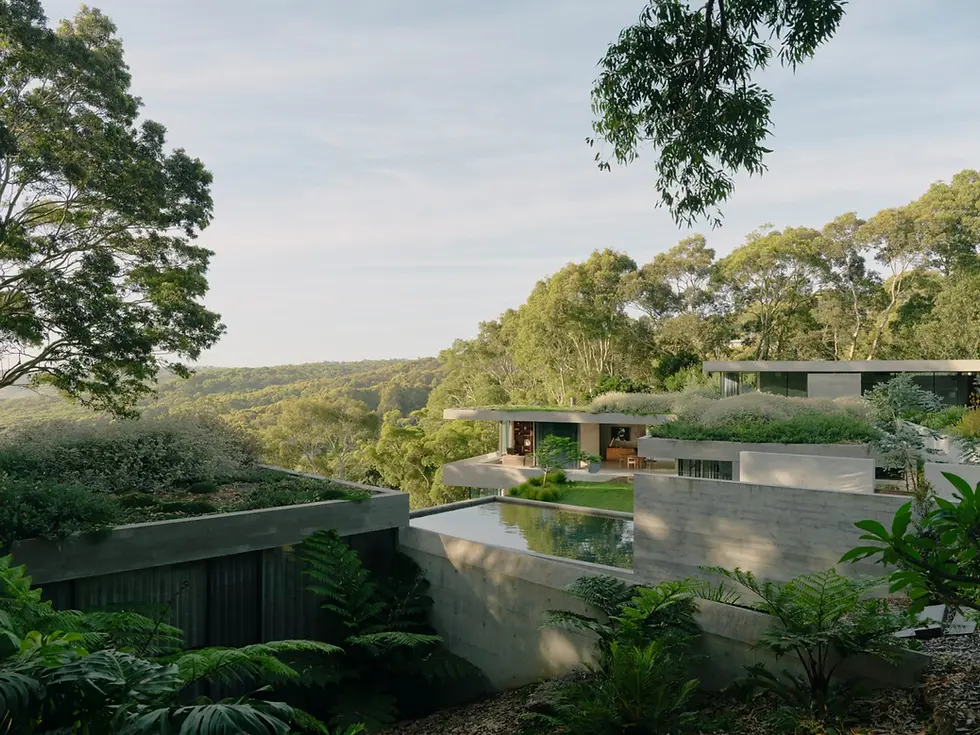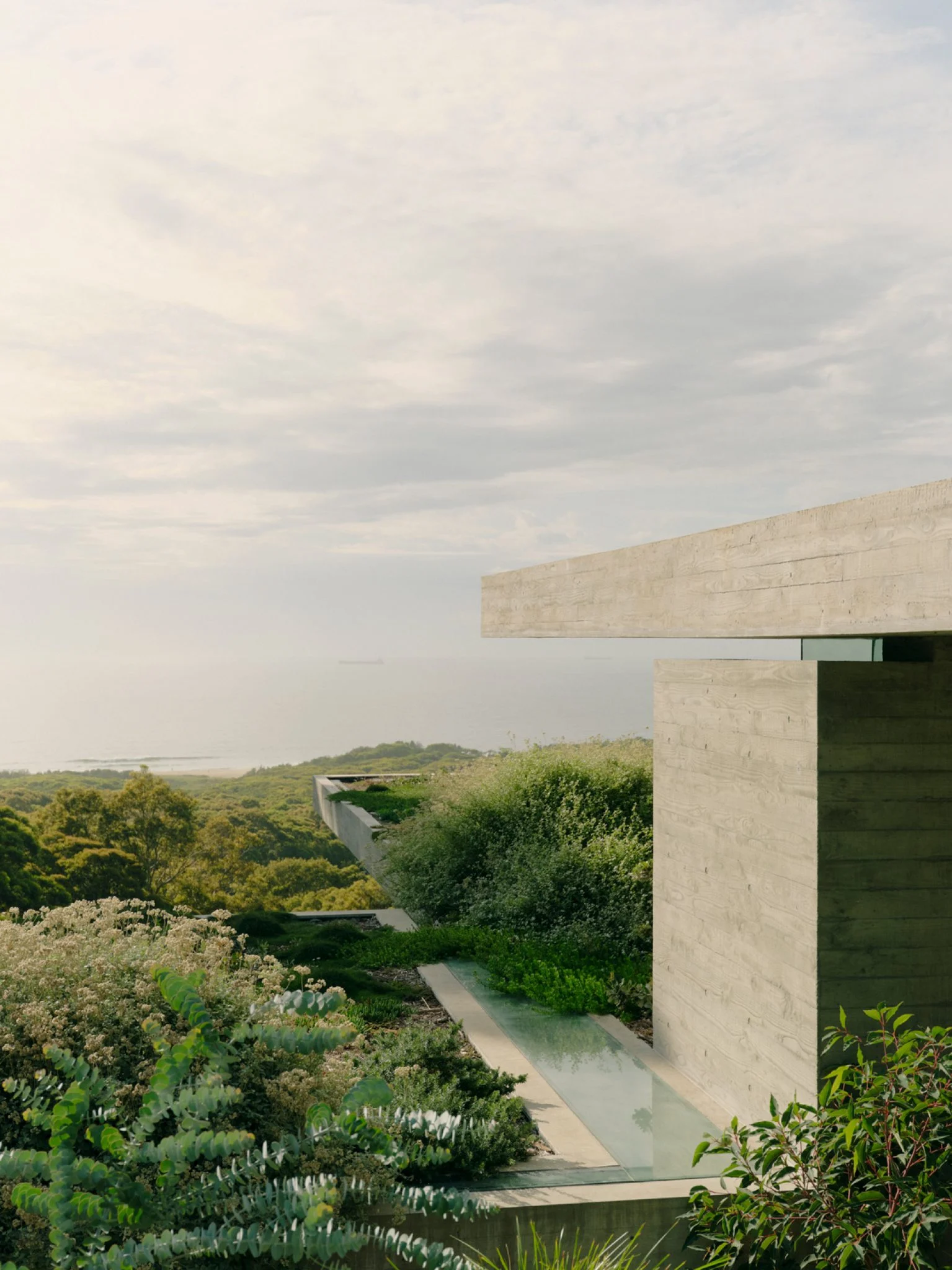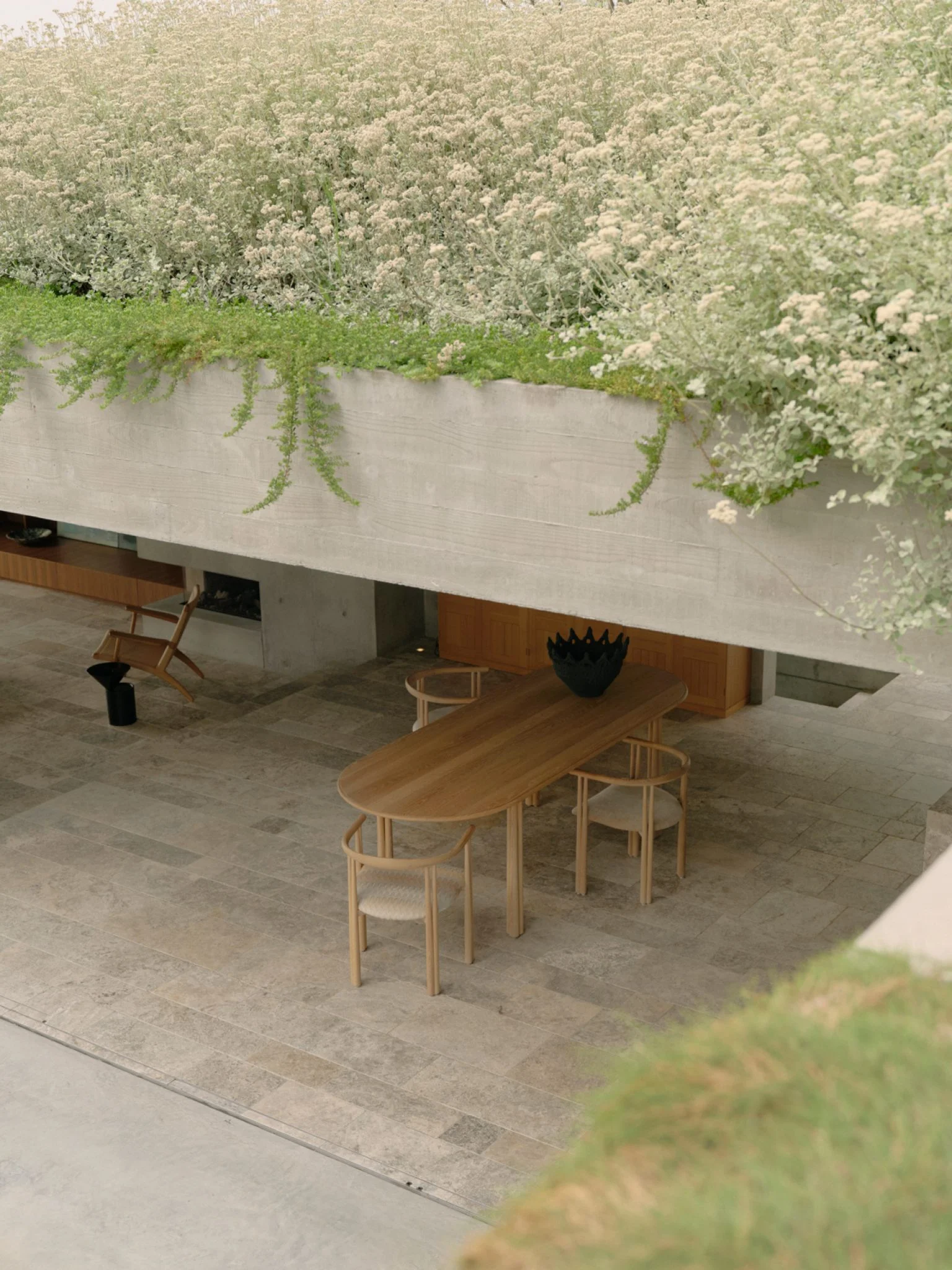Embracing a Greener Future: Exploring the 10 Principles of Ecological Architecture
- ithakaweb
- Feb 21, 2024
- 2 min read
Imagine a home that breathes with the earth, minimizing its environmental impact while nurturing your well-being. This vision becomes reality with ecological architecture, a design philosophy that prioritizes harmony between buildings and the natural world.
Today, we embark on a journey to understand the 10 key principles of ecological architecture. Each principle unveils a step towards a more sustainable future, one where our living spaces coexist seamlessly with the environment.

Proyectos de James Stockwell Architect
Harmony with the Environment
Ecological architecture begins with respecting the existing landscape. Buildings are designed to integrate with the natural context, minimizing disruption to ecosystems and respecting local flora and fauna.
Energy Efficiency
This principle champions the reduction of energy consumption throughout a building's lifespan. This means employing passive design strategies like natural ventilation and daylighting, and utilizing renewable energy sources like solar power.
Sustainable Materials
Opting for locally sourced, recycled, and rapidly renewable materials reduces environmental impact. Ecological architects favor materials like wood, bamboo, and recycled steel, minimizing reliance on energy-intensive and resource-depleting options.
Water Conservation
Precious water resources are used wisely in ecological architecture. Practices like rainwater harvesting, low-flow fixtures, and xeriscaping (landscaping with drought-resistant plants) ensure mindful water usage.
Waste Reduction
Minimizing waste generation and implementing sustainable waste management systems are crucial components. This includes utilizing recycled materials during construction, composting organic waste, and promoting reuse and repair over disposal.
Proyectos de James Stockwell Architect y PL.Architekci
Indoor Environmental Quality
A healthy living environment is paramount. Ecological architecture prioritizes good indoor air quality through natural ventilation, natural materials, and non-toxic finishes, promoting occupants' health and well-being.
Adaptability and Flexibility
Ecological buildings are designed to be adaptable to changing needs and environmental conditions. This allows for modifications over time, extending the building's lifespan and reducing the need for demolition and reconstruction.
Life-Cycle Analysis
This involves assessing the environmental impact of a building throughout its entire life cycle, from construction to demolition. By considering the full picture, architects can make informed decisions that minimize the building's footprint.
Holistic Approach
Ecological architecture is not merely a collection of techniques; it's a holistic philosophy. It considers the building as a living entity within a larger ecosystem, fostering a sustainable and symbiotic relationship between inhabitants and their environment.

Proyectos de James Stockwell Architect
Stay tuned for Part 2, where we'll delve deeper into each principle, exploring practical examples and showcasing how you can incorporate ecological architecture into your own home!














Comments